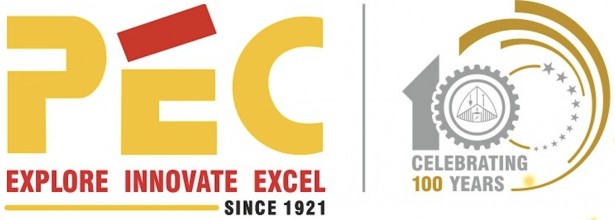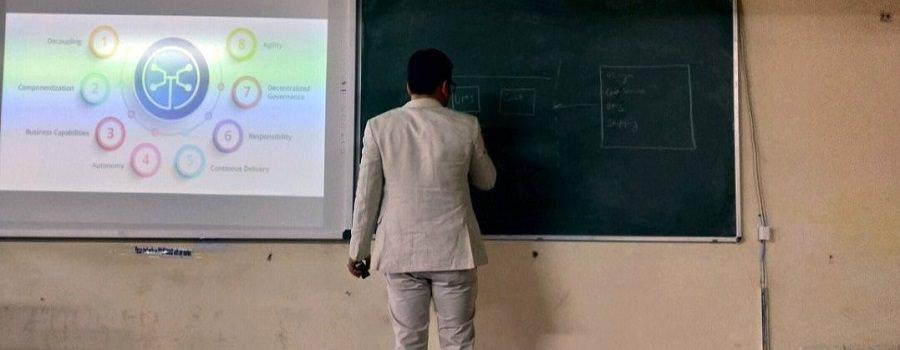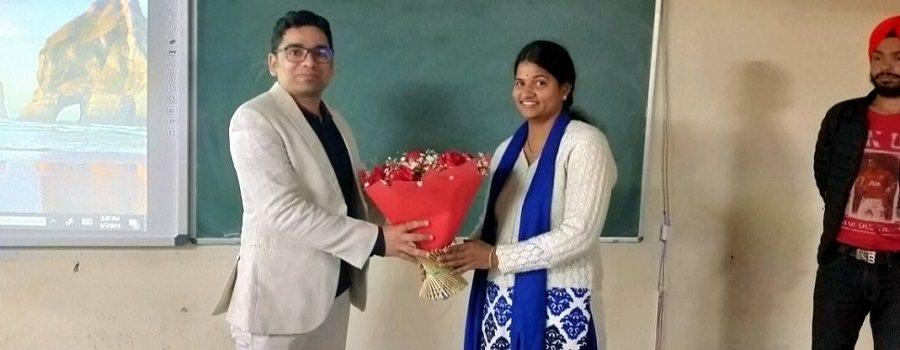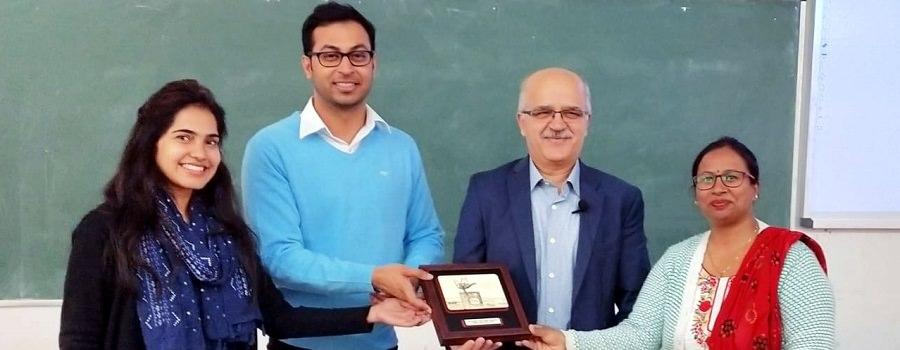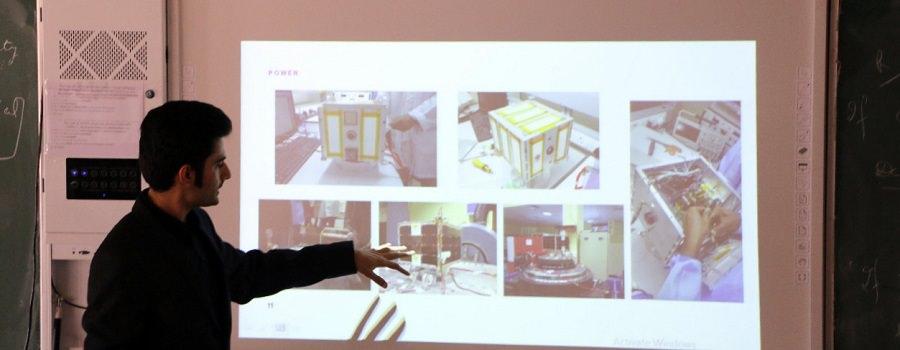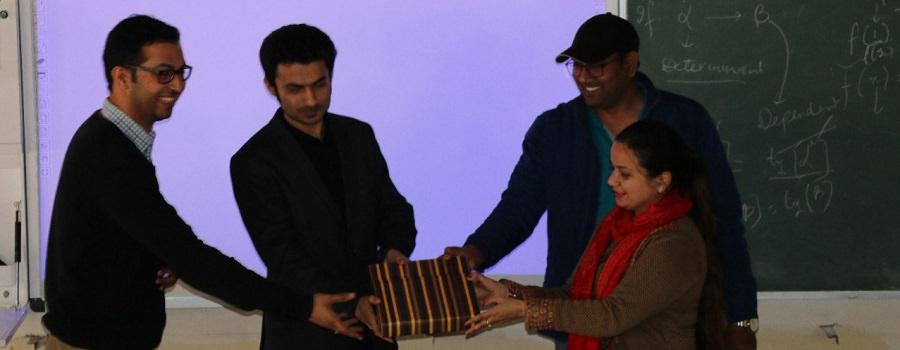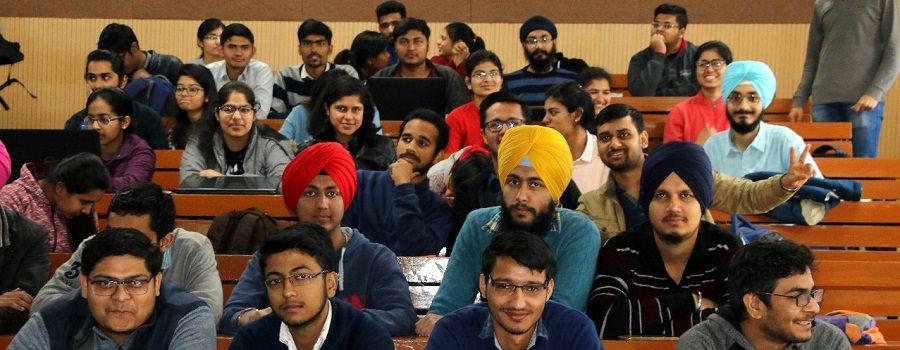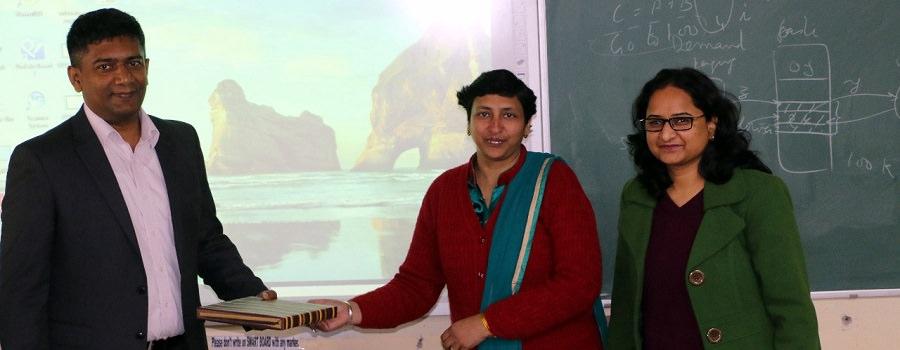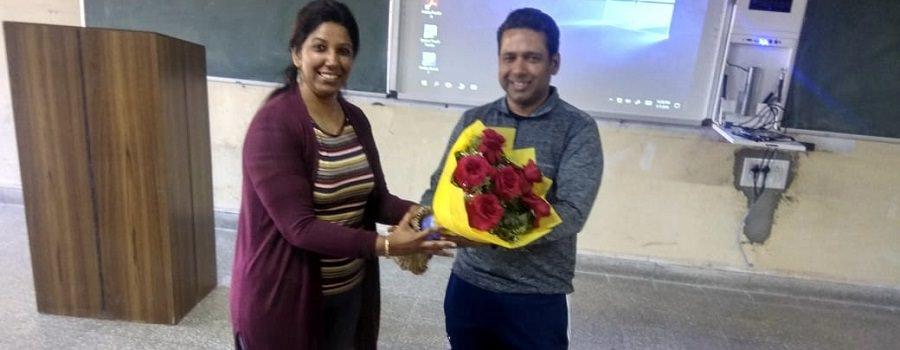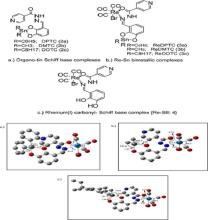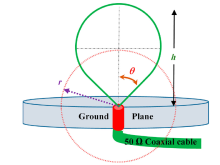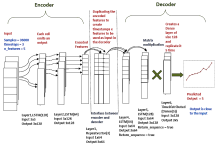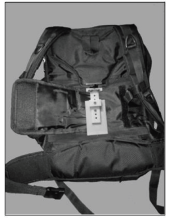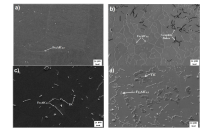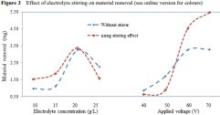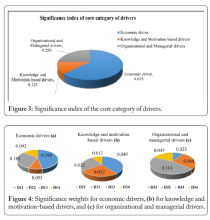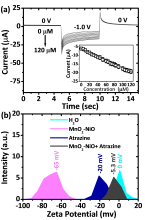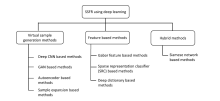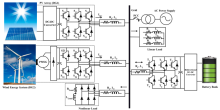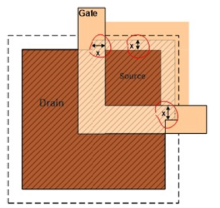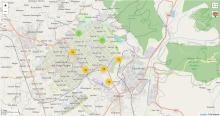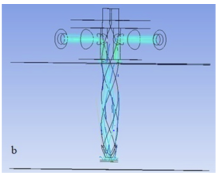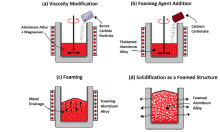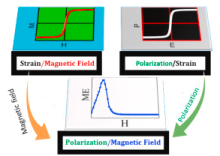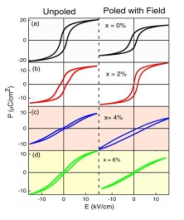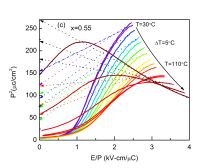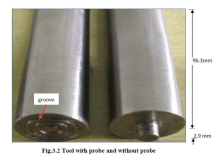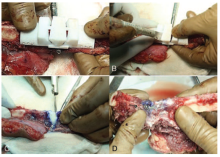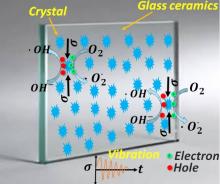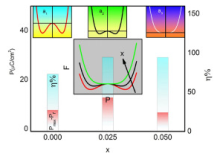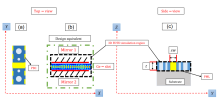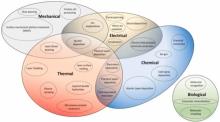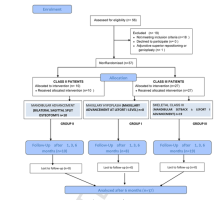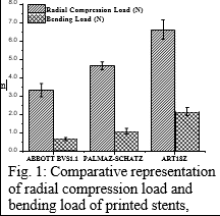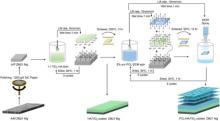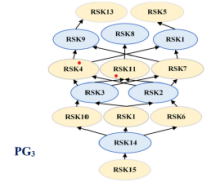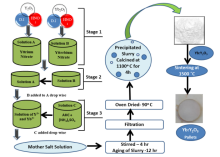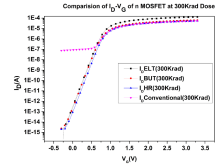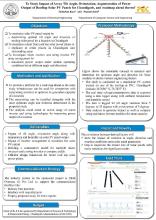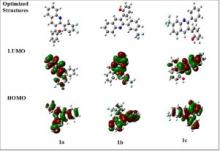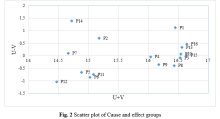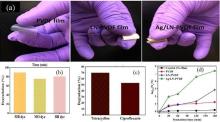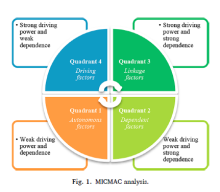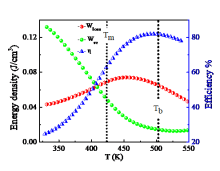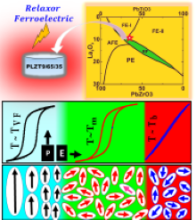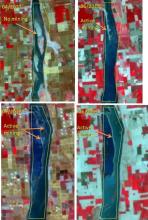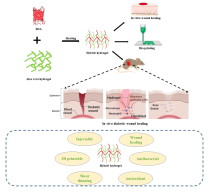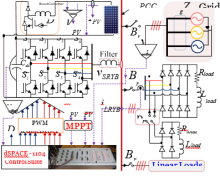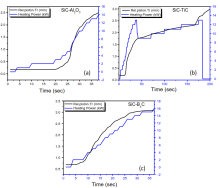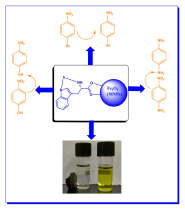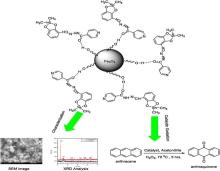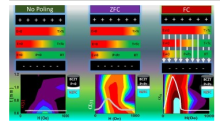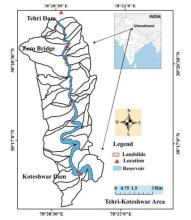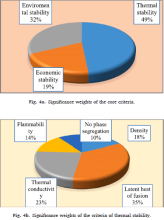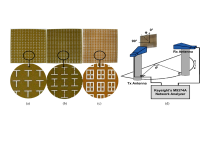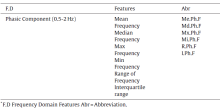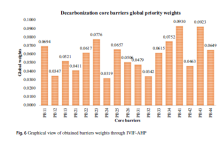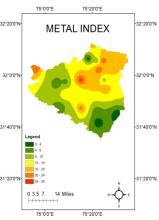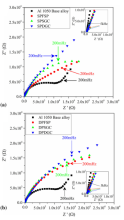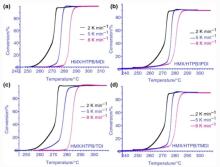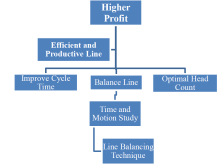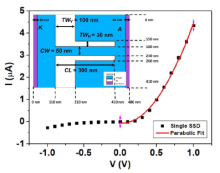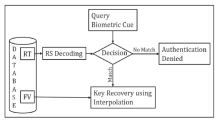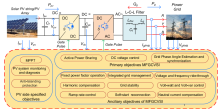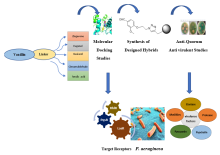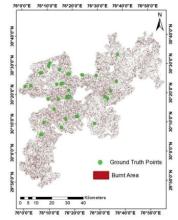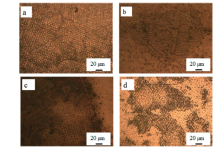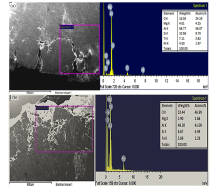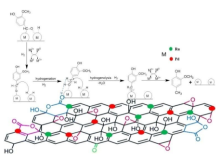Department of Computer Science and Engineering successfully conducted the Industry-Academia expert lecture week from 05.03.2019 to 07.03.2019. The objective was to bridge the gaps between academics and Industry by providing a platform for various experts to share their domain knowledge for the accelerated growth of students especially in the emerging domains like Machine Learning, Security, IoT, Data Science, Data Analytics, Cloud Computing, Algorithms, Software Development and other interdisciplinary research areas.
TOPIC OF SESSION 1: CYBER SECURITY TECHNOLOGIES
DATE: 5 March 2019, TIME: 11:30-1 PM
Mr. Ali Ghorbani from Canadian Institute of Cybersecurity, University of New Brunswick started the session discussing the concept of cybersecurity which is the set of techniques used to protect the integrity of networks, programs and data from attack, damage or unauthorized access. He also emphasized on cyber bullying, cyber attacks by countries and spear phishing which has led to more focus on cybersecurity. He also outlined the various courses offered at his university which focus on research areas like network security, system security, security visualization, privacy enhancing technologies, IOT big data security and privacy and critical infrastructure protection. One of the prominent areas of research is fake news detection as it highly affects the psychology of masses. Fake news or junk news or pseudo-news is a type of yellow journalism or propaganda that consists of deliberate disinformation or hoaxes spread via traditional print and broadcast news media or online social media. It consists of mainly four main parts: creator, news content, target victims and social content. He outlined the components of fake news ecosystem namely intervention, fact checking, fake news detection, potential fake news prediction and suspiciousness analysis, psychological prevention awareness and discrimination capability. The speaker concluded the expert talk by elaborating upon various challenges and research scope in the domain of cybersecurity. Finally the lecture ended up with questionnaire session and discussion of students and speaker.
TOPIC OF SESSION 2: DATA ANALYTICS AND CLOUD COMPUTING
DATE: 5 March 2019, TIME: 2-4 PM
Ms. Ekta Goel from Infosys Limited started the session discussing the meaning and concept of big data along with its three main characteristics i.e. variety, velocity and volume. Variety refers to different types of data, velocity refers to high speed of data processing and volume refers to amount of data. Since data is exponentially increasing every second, therefore need for analysis of data is imperative. The process of analysing data to find meaningful patterns is known as data analytics. She also explained data analytics using splunk which is a comprehensive tool to collect discrete machine data and provide an efficient way to analyse, troubleshoot and investigate various incidents. She also explained one of the main use case of splunk: point of sale analytics. In her expert talk she also provided an overview of the concept and need for cloud computing and how it can help in big data analytics. She elaborated upon various cloud services like Saas, Paas, Iaas. Use of SaaS applications tends to reduce the cost of software ownership by removing the need for technical staff to manage install, manage, and upgrade software, as well as reduce the cost of licensing software. PaaS is built on top of virtualization technology. Businesses can requisition resources as they need them, scaling as demand grows, rather than investing in hardware with redundant resources. IaaS is the most flexible cloud computing model and allows for automated deployment of servers, processing power, storage, and networking. The speaker also gave a demo using Amazon Web Services which is a subsidiary of Amazon that provides on-demand cloud computing platforms to individuals, companies and governments, on a paid subscription basis. The technology allows subscribers to have at their disposal a virtual cluster of computers, available all the time, through the Internet. The speaker concluded the expert talk by elaborating upon various challenges in big data analytics. Finally the lecture ended up with questionnaire session and discussion of students and speaker.
TOPIC OF SESSION 3: MOBLIES AND IOT, A NATIONAL SECURITY PERSEPECTIVE
DATE: 6 March 2019, TIME: 10 AM-12 PM
The lecture was given by Suraj Narayanan from DBaux Bangalore on "Moblies and IoT, a national security persepective". He motivated the students that a lot can be done by a software engineer for the national security. For example- Implementing SewageTreatment at Solapur, a smart city project for helping the nation. This can be done by placing IoT sensor devices to detect quality and quantity and avoiding the attacks like the case in which the excess chlorine was added in the water. Another project could be Writing software for movement of trucks of military. The major concern regarding this is THE STORAGE OF DATA, as the major softwares, communicators, data storage locations are owned by USA. There is no way of controlling how data gets out of cyber space. We cannot give smart phones to "jawans" as there will be a risk of privacy breach. The practical example of this is Kargil war in which GPS was turned off by USA and we lost around 5,000 soldiers. Similar case can be observed in JalliKattu Riots. All of these incidents conclude that we are secure physically but not from cyber space point of view. They can manipulate the data as they required, commonly known as Information Warfare.The term means that mindset of the people can be changed based on the collected data. The real life example of this is Cambridge Analytica, personalised adds to manipulate the perception of people. Few terms were introduced like CyberCommons, CyberColony, CyberColonial Power. Some of the achievements done by his company for nation include Seculink-Domain controller with patch management is provided to the defence of India to control whole network so that data remains within you, Seculink UTMS, AvrakOS- in this open source code of some OS is picked and that part is cleaned where the data goes out, SecuMobile-specially designed for Indian defence with 100% owning of the software. He motivated the students to show their keen interests in this field for the nation's security by joining the various startups, and the guest also showed the interest in hiring the young and talented engineers in this area.
TOPIC OF SESSION 4: NEW SPACE ENTREPRENEURSHIP AND RISING OPPORTUNITIES IN THE SPACE SECTOR
DATE: 6 March 2019, TIME: 2-4 PM
The lecture was given by Mr. Ankit Bhateja, Founder and director of Xovian Research and Technologies Pvt. Ltd. on the topic "New Space Entrepreneurship and Rising Opportunities in the Space sector". Xovian, Aerospace startup 2014 is the first private company registered with International Aeronautical federation. They started with space study and successfully launched payload to get information while coming back. Company developed a satellite in collaboration with PES University, Bangalore. This satellite was the first one made by the students to actually work in space for 3 months. Satellites come in 3 categories. First is Nano Satellites that are under1Kg of size 10*10*30. Work is going on in the area of Asteroid Mining, garbage collection i.e. debri in space i.e. collection of debri that are not working, Ion Thursters, Mass colonization. Virgin Gallatic is a company providing near space tourism. Xovian is currently working with ISRO under a project in which they are building a payload which tells what's happening in the oceans so that Navy can get help out of this, so that they can get real time data. Currently this work is done with the help of IndoGoal, but this data is collected within the range of 20Km and they predict from the data only. 98% trade in India is through Cargo Ships which require the information of sea route. To do this, Xovian is trying to tap waste signals of GPS to check any movements in oceans using 8 satellites, they will be able to show future 15 hours of movements along with real time data. At the end, the guest motivated the students that there is a lot of scope for the computer science engineers in this area to carry out their research.
TOPIC OF SESSION 5: DATA SCIENCE
DATE: 07 March 2019, TIME: 9 AM- 11 AM
Mr. Puneet Jindal, Head, data science,Eduwaive Foundationstarted the session discussing the basic description of data science and the steps involved like, data collection and cleaning, machine learning approaches, and visualization. He divulged the various ways in which it has supported the Healthcare system. He also explained the data structuring and cleaning in detail to make in queryable. Thereafter a problem was discussed to analyze the sentiments of the text in the data extracted using lexicon based approach. Furthermore, the expert explained some machine learning approaches and its implementation in python. The application of cloud computing was also explained in the session.
The speaker concluded the expert talk by elaborationg the various challenges and open project topics in data science.
TOPIC OF SESSION 6: BLOCKCHAIN TECHNOLOGY
DATE: 07 March 2019, TIME: 11:30 AM- 12:20 PM
Mr. Kunal Nandwani, Founder and CEO, uTrade Solutions, started the session discussing the blockchain technology and need of startup entrepreneurship. He explained that blockchain is a revolutionary technology that minimizes fraud and maximizes efficiency, security and transparency in supply chains, healthcare, global money systems, financial technologies, democratic elections, auction of public assets, energy trading, electronic record authentication, delivery of Government services, IoT and much, much more. Blockchain technology in the information age represents the critical intersection between the financial rails, social networking, and powerful decentralised networks. It is critical for stakeholders to formulate careful legal and business strategies around novel business models as the technology and infrastructure, as well as the corresponding market appetite and regulatory structures, evolve rapidly in disparate global markets. The main focus of the talk was on the need of startups. The expert said said, "Indian software products in capital markets were not very evolved then. I got the idea to start a company in India and eventually expand the product coverage to global markets." He made the session interactive by giving the examples like, A teacher tells a parent "we need more farmers in the world and not engineers. We did not run out of airplanes or televisions, we ran out of food." If you imagine the future of human evolution, the biggest problems we face are not, - lack of another e-commerce website - another messaging app - an analytics application - a social network etc. But the biggest problems faced by our society may include: Lack of resources (food, water, fuel, etc.), Climate change, Terrorism, Global Population, Lack of Education for majority of the population, Health issues and Economic crises. The lecture revolved around the startup ideas and the need to identify where we need these passionate smart entrepreneurs to focus on.
TOPIC OF SESSION 7: SERVICE ORIENTED ARCHITECTURE
DATE: 07 March 2019, TIME: 2:30 PM- 4:30 PM
Mr. Deepak Verma, Principal Engineer Manager, Freecharge payment technologies pvt. Ltd, explained Monolithic Architecture, Service-Oriented Architecture, or the latest MicroServices Architecture.The expert described the architectures one by one. First,Monolithic architectures are the ones running on a single application layer that tends to bundle together all the functionalities needed by the architecture.At the architectural level, this is the simplest form of architecture simply because it doesn't involve as many actors as other architectural styles.Second, microservice-based architectures are the ones that mimic SOAs with very small, unix-inspiredservices, which do one thing and do it well.Third, Service-oriented architecture (SOA) as a style of software design where services are provided to the other components by application components, through a communication protocol over a network. Finally the lecture ended up with questionnaire session and discussion of students and speaker.





